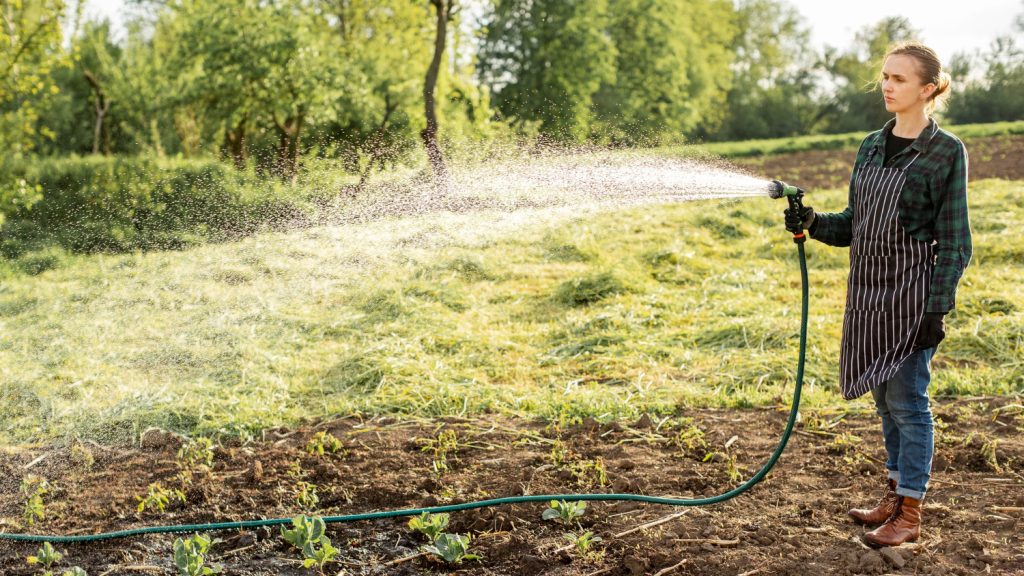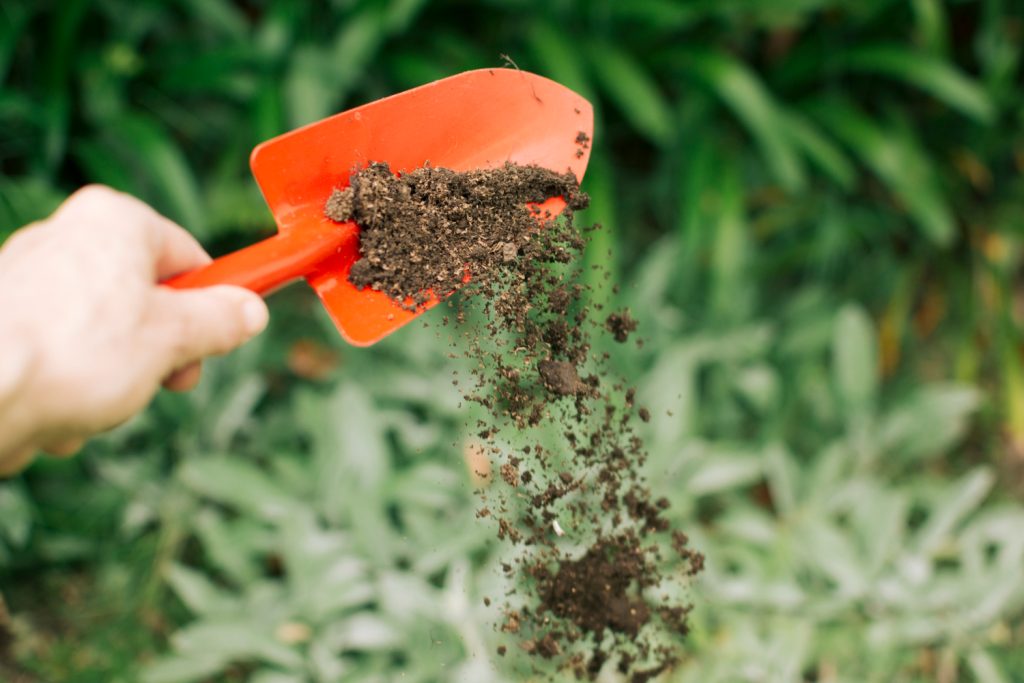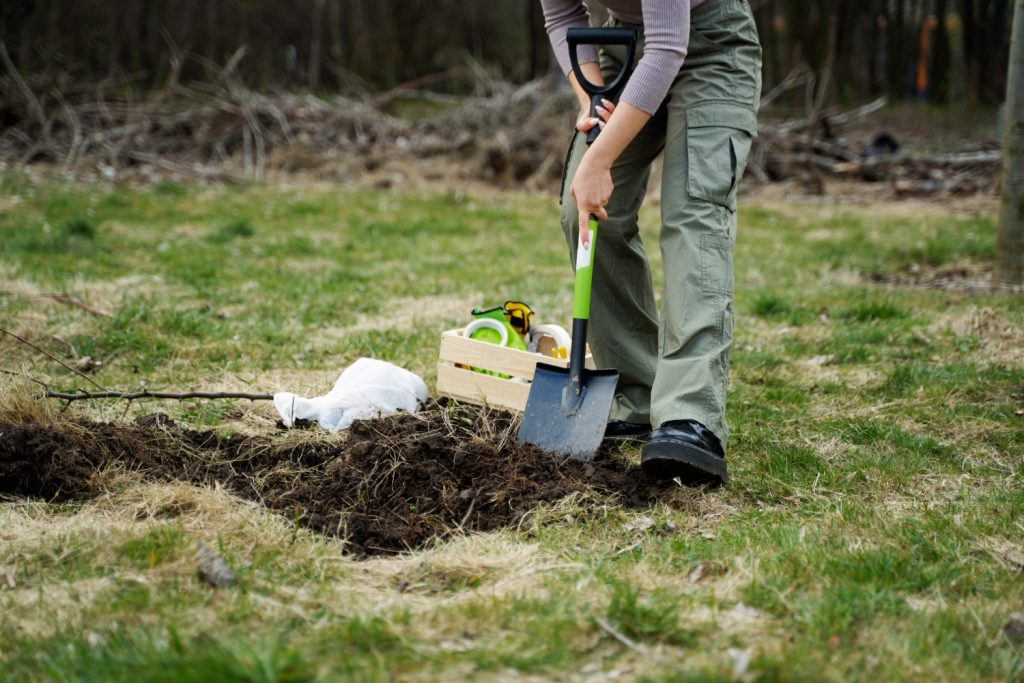A verdant, immaculate lawn is the quintessential emblem of pride and joy for homeowners across the globe. Unfortunately, more often than not, maintaining that lush, green carpet is an uphill battle.
But what if we told you that lawn maintenance doesn’t have to be as challenging as it seems at first glance? Armed with the proper techniques and a dash of determination, that picture-perfect landscape you’ve always envisioned is well within your grasp.
The secret to a thriving lawn lies in understanding its unique needs and catering to them accordingly. From proper mowing techniques to timely fertilization, every aspect of lawn care plays a critical role in keeping your grass healthy and vibrant all year round.
Below, we present the best practices for lawn maintenance in 2023. Together, we’ll delve into the realm of essential tips and tricks guaranteed to elevate your lawn care game to a whole new level.
Prepare to be enthralled as we reveal the secrets behind cultivating a breathtakingly beautiful lawn that will be the envy of your neighborhood.
Mow Like a Pro
Maintaining a well-manicured lawn starts with following proper mowing techniques. It’s not just about running the mower over the grass; there’s more finesse and knowledge required to create a visually appealing and healthy lawn.
1. Keep Your Blades Sharp
First and foremost, it is crucial to ensure your mower blades are always sharp. Dull blades can do more harm than good, tearing grass instead of cutting it cleanly. It leaves your lawn vulnerable to diseases and pests that may cause unsightly patches or destroy it.
To avoid such issues, routinely sharpen your mower blades, or replace them as needed.
2. Mow at the Right Time
Another vital aspect of proper mowing is choosing the right time to cut the grass. Aim to mow when the grass is dry, as wet grass can clump together and cause uneven cutting.
Besides, dry conditions reduce the chances of slipping while pushing the mower, ensuring a safer experience for you.
3. Select a Suitable Mowing Height
Mowing height is another factor that greatly impacts your lawn’s overall health and appearance. Cutting your grass too short weakens its roots, making it easier for weeds to take hold and become an unwelcome eyesore.
To prevent this issue, adjust your mower’s cutting height according to the type of grass you have in your yard. Each species has an ideal height range that promotes optimal health and growth.
Here is a helpful table for quick reference:
| Species | Ideal Mowing Height |
| Bahiagrass | 2 to 3 inches |
| Bentgrass | 0.25 to 0.75 inches |
| Bermudagrass | 0.50 to 1.5 inches |
| Buffalograss | 2 to 3 inches |
| Centipedegrass | 1.5 to 2.5 inches |
| Fine Fescues | 1.5 to 2.5 inches |
| Kentucky bluegrass | 1.5 to 2.5 inches |
| Ryegrass | 1.5 to 2.5 inches |
| Augustinegrass | 2 to 4 inches |
| Tall Fescue | 2 to 3 inches |
| Zoysiagrass | 0.50 to 1.5 inches |
4. Adjust Your Mowing Frequency
In addition to height, keep track of how frequently you mow your lawn. The growth rate of your grass determines how often you should trim it down. During peak growing seasons, it may be necessary to mow more often to maintain the ideal height.
To promote healthy growth, follow the “one-third rule.” — never remove more than one-third of the grass blade length at one time. This practice will help you maintain a dense lawn that can better resist weeds and drought.
Water Wisely

Watering your lawn may seem like a simple task, but there’s more to it than meets the eye. Knowing how much water your lawn needs, when to water it, and the best techniques for watering can make all the difference in maintaining a healthy, thriving landscape.
Most lawns need about one inch of water per week, either from rainfall or supplemental irrigation. To ensure your lawn receives adequate hydration, you must strike a balance between deep, infrequent watering and light, frequent sprinkling.
As a rule of thumb, it’s best to water deeply and infrequently rather than lightly and often. Deep watering encourages root growth, making your lawn more resilient during periods of drought.
Early morning is the ideal time to water your lawn because it minimizes evaporation and allows the grass to dry before nightfall, reducing the risk of fungal diseases.
Investing in a rain gauge or smart sprinkler system can be invaluable for monitoring and adjusting your watering schedule based on local weather conditions and specific lawn requirements. These devices help take the guesswork out of determining how much water your lawn needs at any given time, providing it with just the right amount of moisture to flourish.
Fertilize for Success

Feeding your lawn with the right nutrients is crucial. It’s an investment in the health and appearance of your little slice of nature.
Without proper nourishment, grass can become thin, weak, and more susceptible to disease and pests.
The solution? Using a slow-release, granular fertilizer during key periods of growth — mainly spring and fall.
Still, remember that more isn’t always better. Over-fertilizing can wreak havoc on your precious grass, leaving it burned and lifeless.
Moreover, excessive use of synthetic fertilizers contributes to environmental pollution by leaching harmful chemicals into our waterways. Because of that, be sure to follow the recommended application rates on the product label.
Also, don’t forget about the benefits of natural fertilizers. For example, grass clippings left on the lawn after mowing act as a free, organic fertilizer, releasing valuable nitrogen back into the soil. This practice, known as grasscycling, can reduce your need for synthetic fertilizers and save you time and money.
Tackle Weeds Head-On
Controlling weeds in your lawn can be a daunting task, but early intervention is critical. Don’t wait for weeds to take over; tackle them head-on before they gain a foothold.
The first line of defense against weeds is the trusty method of hand-pulling or using a specialized weed removal tool. This approach works best for small weed populations and can be highly effective when the soil is damp, as it allows for easier extraction of the entire root system.
Remember, persistence is key; try to remove new weeds as soon as you spot them to prevent them from spreading.

For larger infestations that have already gained a foothold in your lawn, it might be time to bring out the big guns: selective herbicides. These chemical solutions are designed to target specific weeds without causing harm to your beloved grass. Spot-treating problem areas with a selective herbicide can help bring an unruly lawn back under control.
Of course, prevention is always better than cure. A healthy, robust lawn is less susceptible to weed invasions in the first place.
To maintain a good-looking lawn, always mow at the proper height. As mentioned before, taller grass has deeper roots and can better compete with weeds for nutrients and water.
Additionally, regular watering and fertilizing will ensure your grass remains at its peak condition, providing little room for opportunistic weeds to sneak in.
Aerate and Overseed for a Vibrant Lawn
Lawn aeration is an essential practice that alleviates soil compaction, allowing air, water, and nutrients to penetrate the root zone more effectively.
How often should you aerate your lawn? That depends on several factors, including the type of soil and how frequently the area is used.
For most lawns, aeration every one to three years is sufficient. Clay soils or high-traffic areas may require more frequent attention.
Ultimately, keeping an eye on your lawn’s overall health will help determine when it’s time for aeration.
There are two ways to go about aerating their lawn: renting a core aerator or hiring a professional lawn service. The former may be more budget-friendly for those with a do-it-yourself spirit, while the latter offers convenience and expertise at a cost.
Whichever route you choose, be sure to plan ahead and tackle this task during the growing season.
Once you’ve successfully aerated your lawn, consider another beneficial practice: overseeding. This method involves spreading new grass seed over your existing turf to increase its density and enhance its overall appearance.
With thicker grass comes better resistance to weeds and increased tolerance to foot traffic — a win-win for homeowners who enjoy utilizing their outdoor spaces.
The best time to overseed is in the fall when soil temperatures are optimal for seed germination.
Remember, though: not all grass seeds are created equal. Selecting a high-quality blend suited for your local climate and growing conditions is paramount for successful overseeding.
The Bottom Line
In 2023, maintaining a beautiful lawn is well within reach. Achieving that emerald oasis is a delicate balance between dedication and adaptability. The art of lawn care is not a one-size-fits-all approach; rather, it’s an intricate dance between nature and nurture that demands attention to detail and unwavering commitment.
By following these best practices for lawn maintenance (mowing, watering, fertilizing, weeding, aerating, and overseeding), you’ll be on your way to creating a lush, vibrant outdoor space that captivates the eye and provides endless enjoyment. Good luck!
Was it helpful?

Enamored with the world of golf Jack pursued a degree in Golf Course Management at THE Ohio State University. This career path allowed him to work on some of the highest profile golf courses in the country! Due to the pandemic, Jack began Inside The Yard as a side hustle that quickly became his main hustle. Since starting the company, Jack has relocated to a homestead in Central Arkansas where he and his wife raise cattle and two little girls.

